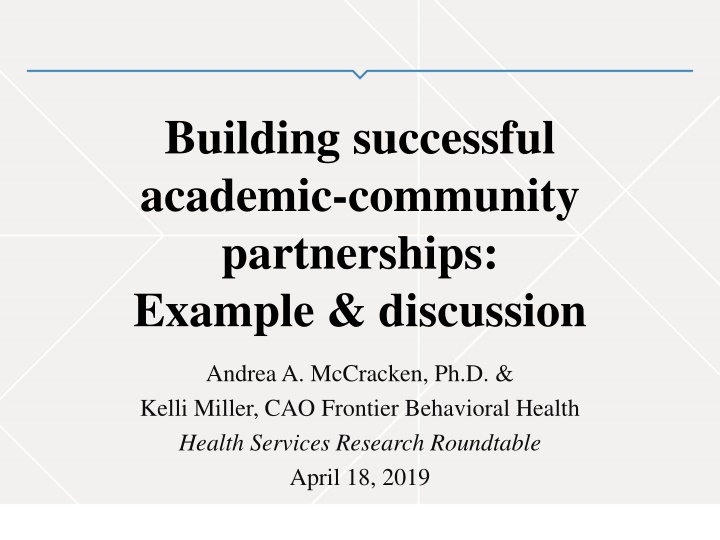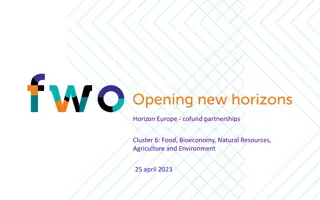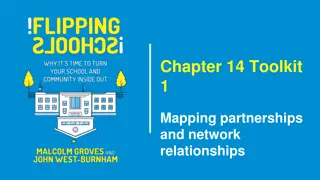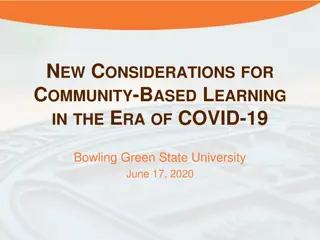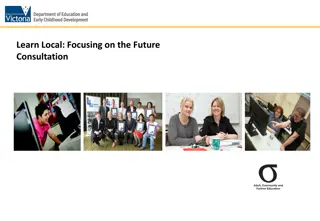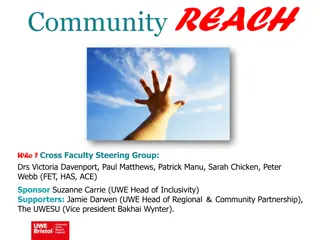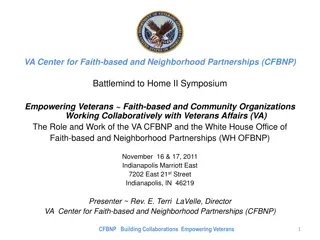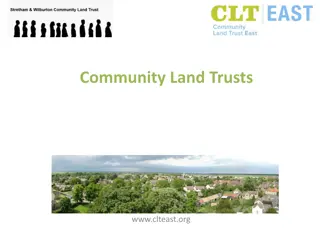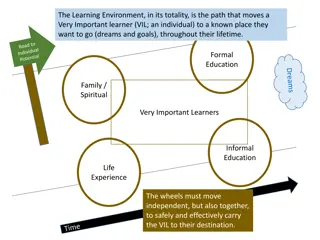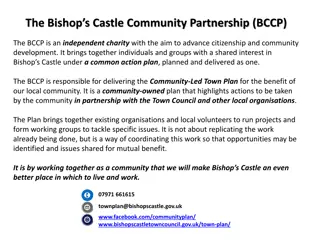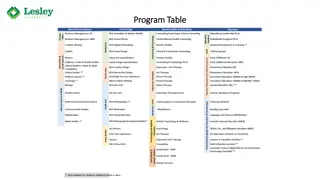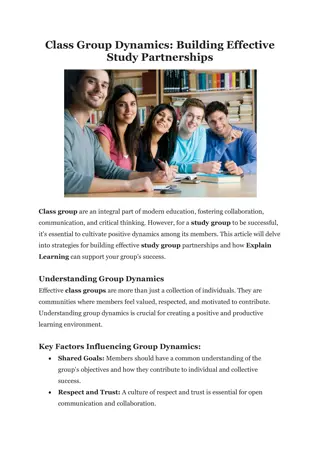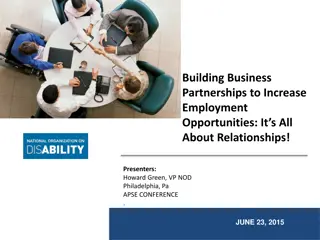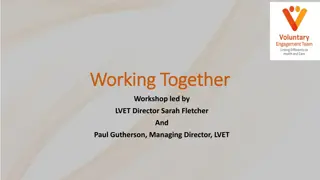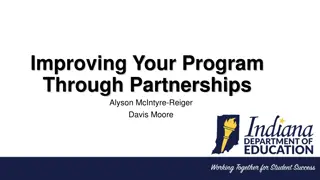Building Successful Academic-Community Partnerships: Example & Discussion
Example and discussion on building successful academic-community partnerships, including research overviews, milestones, reflections, and results from a collaborative project between academia and Frontier Behavioral Health Services.
Download Presentation

Please find below an Image/Link to download the presentation.
The content on the website is provided AS IS for your information and personal use only. It may not be sold, licensed, or shared on other websites without obtaining consent from the author.If you encounter any issues during the download, it is possible that the publisher has removed the file from their server.
You are allowed to download the files provided on this website for personal or commercial use, subject to the condition that they are used lawfully. All files are the property of their respective owners.
The content on the website is provided AS IS for your information and personal use only. It may not be sold, licensed, or shared on other websites without obtaining consent from the author.
E N D
Presentation Transcript
Building successful academic-community partnerships: Example & discussion Andrea A. McCracken, Ph.D. & Kelli Miller, CAO Frontier Behavioral Health Health Services Research Roundtable April 18, 2019
Preview Origination Milestones Results Partnership April 18, 2019 2
Origination Community needs Research April 18, 2019 3
Research overview: Multiple perspectives Care connector Clients: 17 interviews Providers: 15 surveys Program assessment Brickhouse Clients: 7 interviews Opt-out clients April 18, 2019 4
Milestones - Reflection & review - Outreach - Cooperation - Resilience and flexibility - Results presentation - Application April 18, 2019 5
Research overview: Measures utilized Providers Care Connector Clients -Familiarity, frequency, influence on care, overall satisfaction -PAM (13 item; Hibbard et al., 2004) Brickhouse Clients -Familiarity, frequency of meetings -Familiarity, frequency of meetings -PAM (13 item, Hibbard et al., 2004) -Communication Satisfaction (Downs & Hazen, 1977) -Likert measure: positive or negative impact, understanding, perception of access to healthcare, and perception of confusion about health care options -Likert measure: positive or negative impact, understanding, perception of access to healthcare, and perception of confusion about health care options -Open-ended questions about memorable messages -Demographics -Open-ended questions about health care experiences -Demographics April 24, 2025 6 -Demographics
Results: Providers Themes (Owen, 1984) Early engagement I should be thinking about this service more, I wonder whether I could make more referrals, whether I might be holding out until patients have no other options rather than getting them to the program sooner. Expansion Very limited eligibility, it s a barrier if the provider I am referring to is not part of the program, Medicare patients are not eligible and need care coordination services Follow-through I do not think a lot of the patients that I refer to the program actually do it. I very much appreciate this service. It is worthwhile and has been a real lifeline to the patients I have referred. April 18, 2019 7
Results: Care Connector clients Themes (Owen, 1984) Relationship developed a relationship with me. I spilled my beans to get it all off my chest. I was glad to learn that I m not the only one to suffer. Direction there wasn t confusion about access just about which way I wanted to go. . .sitting down with them helped me realize I am a person making choices . . . Redundancy It did help having people all in one place. . .I got tired of going over and over again the nature of a head injury; it s a personal story. When I did build up the courage to open up, I got passed on. I didn t want to share with everyone as it s personal. It is a struggle. I m sensitive. Participants reported: - increased confidence they could take meaningful action - increased confidence in follow-through with medical treatments at home - increased understanding of the nature and causes of health condition 8
Results: Brickhouse clients Themes (Owen, 1984) Useful Basically a good program because it was able to help me, right there at the place when I needed it Familiar I met with them every two weeks . . .I had good experiences and received the care I needed Participants reported: - taking more responsibility in managing their health - taking a more active role in health management - increased confidence they could take meaningful action - increased confidence in follow-through with medical treatments at home - increased understanding of the nature and causes of health condition April 18, 2019 9
Building partnerships: Academic and community perspectives - Initiative - Resources & relationship-building - Balance needs - Mutual definition of success April 18, 2019 10
Thank you Graduate research assistants: Dianna Easton, M.A. and Stephen Michael Tumolo, M.A. Community partners: Mike Wiser (CHAS Health) and Kelli Miller (Frontier Behavioral Health) Institutional support: HSRR Steering Committee, Paul Buller, Ken Anderson, and Brenda Stevenson-Marshall April 18, 2019 11
